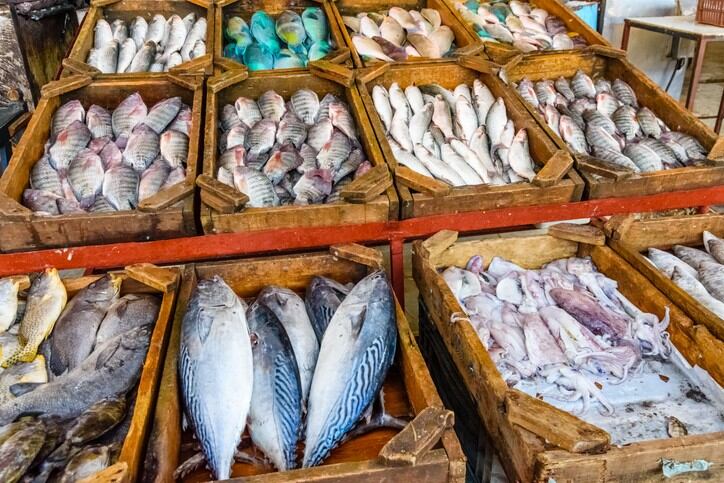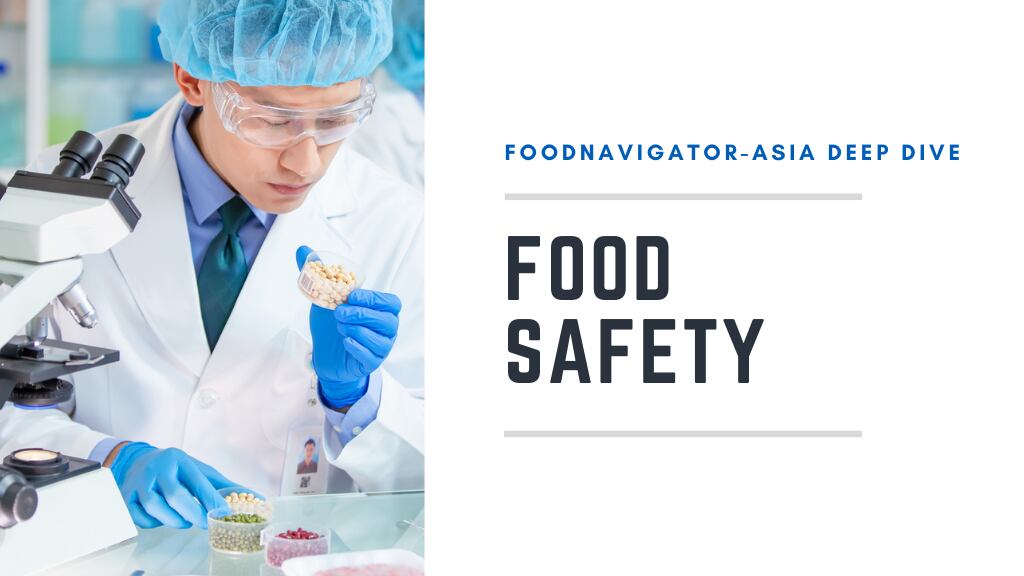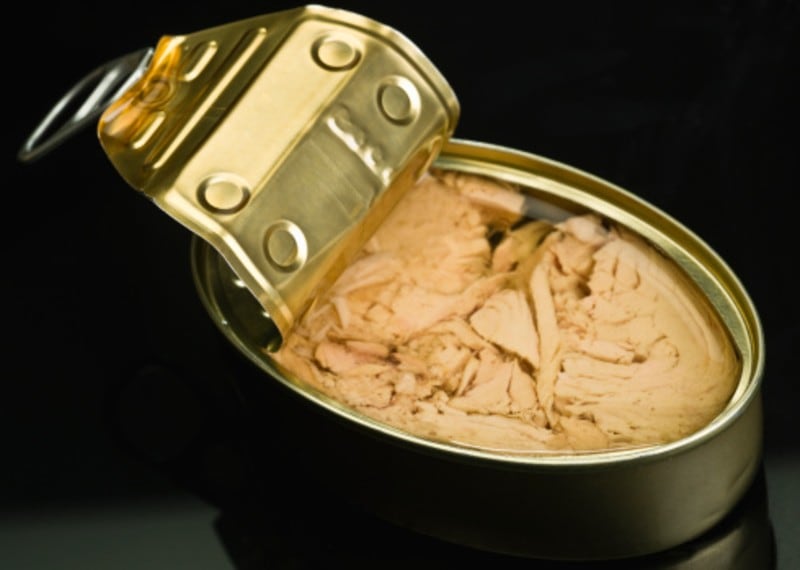Aquaculture is a major source of seafood protein, and according to the UNFAO, globally some 114.5 million tonnes of seafood were produced via aquaculture as of 2018. Asia is a clear dominator in this sector, with an 89% share in the past two decades, a percentage that is only expected to increase by 2030.
The sector has seen major success over the past few decades, growing by some 527% from 1990 to 2018 – but according to industry experts, some signs of decline are already emerging and industry stakeholders need to make some major changes to stay in business.
“Traditionally, aquaculture has mostly been about open sea cages and open pond culture and these have enjoyed many good harvests for the past few decades,” Co-Chair for Sustainable Development in Agriculture & Fishery Sectors within the Asia-Pacific Economic Cooperation (APEC) Policy Partnership on Food Security Associate Professor Matthew Tan said during the recent Food technology, Seafood and Sustainability during COVID-19 online event held by MIFB.
“However, in the past 15 years we have been observing a very rapid decline in the industry, and this has been mainly due to two factors which are massive disease outbreak and massive algae blooms.
“Both of these are environmental issues which have taken a big toll on the industry – for instance, the shrimp culture sectors was once one of the fastest growing in aquaculture, but has never reached full potential because since the 1970s it has been hit by one disease after the other from White Spot Syndrome to Early Mortality Syndrome to the parasitic EHP and more.”
To this day, the global shrimp culture industry still loses some 22% of its harvest or US$1bn on an annual basis as a result of disease.
“Algal blooms are a rapid increase of algae which can kill whole aquatic ecosystems by using up oxygen or releasing harmful toxins – 30 years ago we were seeing these blooms happening perhaps just once every 10 years, but that timeframe has reduced drastically and now we are seeing this happen once every six months or so,” said Prof Tan.
“These are massive environmental issues [decimating aquaculture populations], but instead of just staying on the coast and [letting things play out], the only way that the aquaculture can move away and forward is to look to technology. For instance, using IoT to predict algal blooms and planning harvests and countermeasures.
“But the real prize with technology is for aquaculture to go down the smart farming route, which goes beyond tech to prioritise urbanisation and super-intensive efficiency with a small footprint. This would mean having fish farms right in the middle of the city with tech such as climate smart technology and automated harvesting – and also prioritising [consumer demands such as] zero antibiotic or chemical usage, etc.”
The COVID-19 effect
Prof Tan also believes that this shift in getting aquaculture firms to adopt new technology will be accelerated due to the onset of COVID-19, which resulted in vast losses for many fish firms.
“I call this the COVID-19 effect because during lockdowns many fish were left to die with no feed provided as many workers were not allowed out, so more people in the business are seeing the importance of urbanisation,” he said.
“Traditionally aquaculture farms are always clustered very close together in one area but also due to this COVID-19 effect, I am seeing the aquaculture industry undergoing major declustering and looking to move towards solutions such as smart farming instead.
The productivity of smart farms as a result of the efficiency is also a major draw – currently, an average farm in Asia can produce some 34,000kg per hectare – but using the new technology and farming systems can increase this by over 50 times to about two million kg per hectare.
“This way, the energy efficiency is also increased – just 1.5KW of energy is used per kg as compared to 25 to 30 KW per kg previously, which also boosts sustainability [credentials and helps save on costs],” said Prof Tan.
Focus over diversification
Aquaculture firms were also advised to focus their resources, especially if limited, on specific types of fish in this day and age instead of attempting to spread these out across multiple species.
“The initial conclusion from one of our studies found that focusing resources on just one or just a few species, especially if endemic, leads to higher productivity,” said Prof Tan.
“Many firms today want to attempt farming many species at one go as it feels like insurance, but we found that this means less concentration and specialisation, and when your market starts to grow then your resources will be severely stretched.
“So the advice really is to be focus, know your strengths and play to these as much as possible.”





